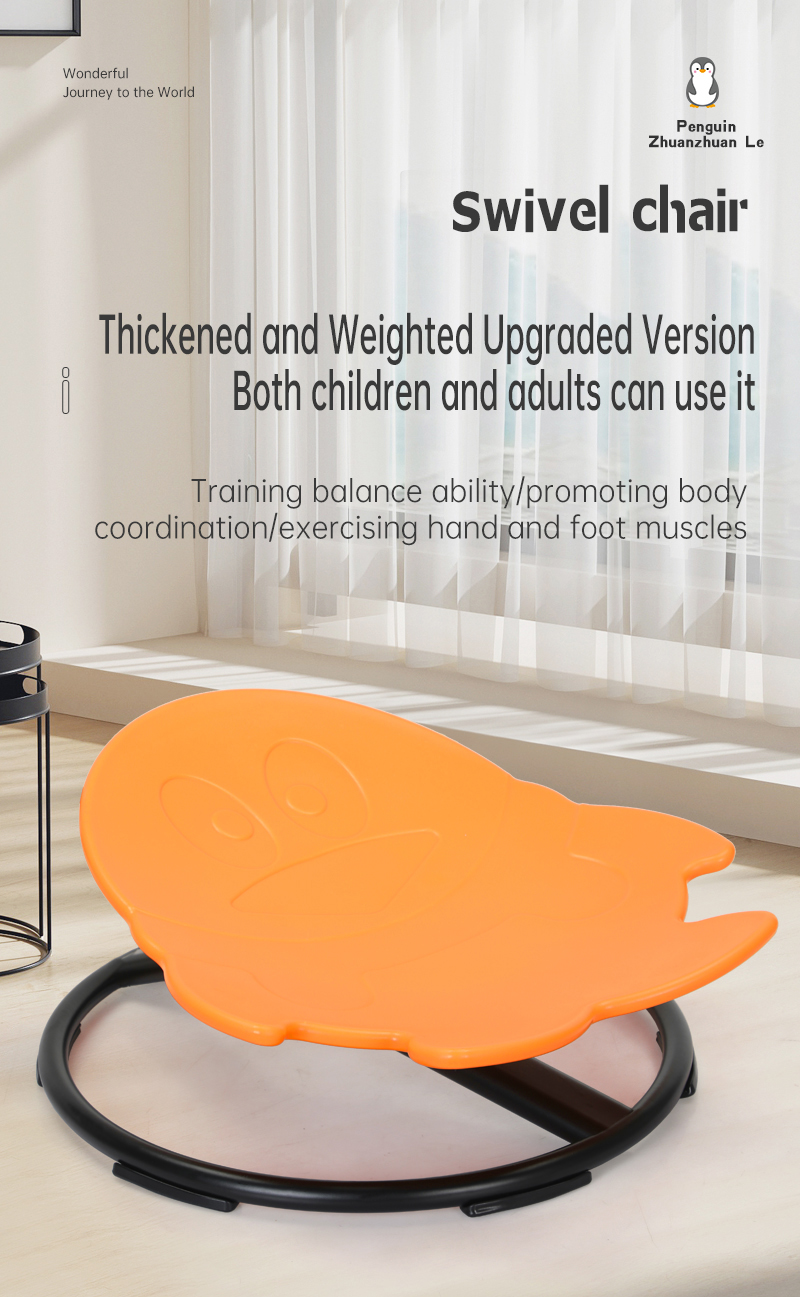What Kind of Gas Goes in a Mio Scooter?
The Mio scooter, a popular choice among urban commuters, is known for its sleek design, fuel efficiency, and maneuverability in traffic. However, one essential aspect that often raises questions is the type of fuel it requires. Understanding the right kind of gas for your Mio scooter is crucial to ensure its optimal performance and longevity.
Fuel Specifications
The Mio scooter typically runs on unleaded gasoline. Specifically, the recommended octane rating is 91 or higher to ensure efficient combustion and to maintain the scooter’s performance. Using fuel with a lower octane rating can lead to engine knocking, decreased fuel efficiency, and potential long-term damage to the engine. Therefore, it is essential to always check the owner's manual for the specific fuel requirements for your model.
Benefits of Using the Recommended Gas
Using the proper fuel for your Mio scooter not only enhances its performance but also contributes to its overall health. High-octane fuels help maintain smoother engine operation and optimize fuel combustion. This can lead to better acceleration and improved mileage, which is particularly beneficial in city riding conditions where frequent stops and starts occur. Additionally, using the recommended fuel can minimize carbon deposits in the engine, reducing the need for frequent maintenance.
Considerations for Fueling Your Mio Scooter
When refueling your Mio scooter, there are a few considerations to keep in mind to ensure you’re providing the best fuel for your ride
what kid of gas goes in a mio scooter

1. Quality of Fuel While unleaded gasoline is the standard, the quality of the fuel can vary across different gas stations. Always choose reputable gas stations known for offering high-quality fuel to minimize the risk of contamination or subpar gasoline.
2. Avoiding Additives Many gas stations offer fuel with additives designed to improve engine performance. While some of these additives can be beneficial, it’s best to avoid them if they are not recommended by your scooter's manufacturer. Overly harsh additives can sometimes lead to problems in the fuel system.
3. Frequency of Refueling Keeping track of how much fuel your Mio scooter consumes can help you establish a routine for refueling. Typically, Mio scooters are fuel-efficient and may not require frequent stops, but being proactive about refueling can prevent running out of gas unexpectedly.
4. Storing Fuel If you tend to buy gasoline in bulk, keep in mind that gasoline can degrade over time. If you have stored fuel, it’s wise to use it within a month to ensure your scooter runs smoothly.
5. Environmental Considerations Lastly, consider the environmental impact of the fuel you choose. While traditional gasoline is standard, options such as ethanol blends are becoming more popular. Ensure compatibility with your Mio scooter and consider the impact of each option on emissions.
Conclusion
In summary, the Mio scooter operates best with high-octane unleaded gasoline. Following the manufacturer’s recommendations regarding fuel type helps maintain the scooter’s performance and longevity. Proper fueling practices, including choosing quality fuel and paying attention to additives, play a crucial role in enhancing your riding experience. By prioritizing these considerations, you ensure that your Mio scooter remains a reliable companion for your commuting adventures.
-

 Scoot&RideKids Child Kick Push Scooter 3 Wheels with LED Flashing Tilt Lean Boys Girls Scooter
Scoot&RideKids Child Kick Push Scooter 3 Wheels with LED Flashing Tilt Lean Boys Girls Scooter




- 4
$33.17 -

 Scoot&RideKids Scooter Child Kick Flashing LED Light Up 3 Wheel Push Adjustable Folding 3
Scoot&RideKids Scooter Child Kick Flashing LED Light Up 3 Wheel Push Adjustable Folding 3- 0
$25.52 -

 Scoot&RideKids Scooter Child Kick Flashing LED Light Up 3 Wheel Push Adjustable Folding 2
Scoot&RideKids Scooter Child Kick Flashing LED Light Up 3 Wheel Push Adjustable Folding 2- 0
$33.17 -

 Scoot&RideKids Scooter Teens Foldable Kick Push Scooter Adjustable Height Safe 2 Wheels
Scoot&RideKids Scooter Teens Foldable Kick Push Scooter Adjustable Height Safe 2 Wheels




- 4
$49.99
Meet our partners and discover what powers their creativity!
When you register for a Lohas scooter, you will receive a 10% discount on your first order and can be notified of sales, new product launches and other offers in advance.









